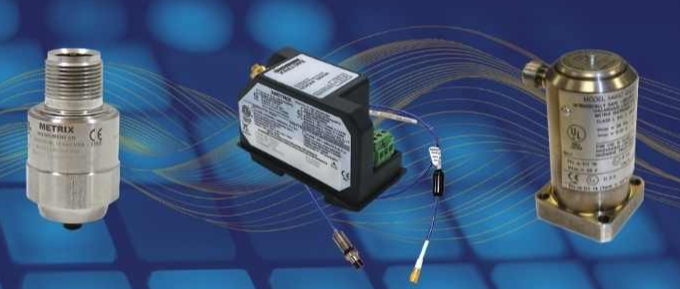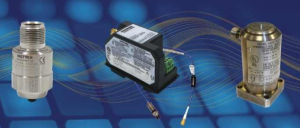In the modern industrial landscape, Vibration Sensors have become essential tools for monitoring machinery, structures, and even environmental conditions. These devices are designed to detect vibrations and convert them into measurable electrical signals. By interpreting these signals, engineers and technicians can assess the health of equipment and prevent costly failures.
Vibration sensors play a critical role in predictive maintenance. Traditionally, maintenance was carried out either on a fixed schedule or after a machine had already broken down. However, with vibration sensors, it is now possible to detect early signs of wear, misalignment, or imbalance. This proactive approach can significantly reduce downtime and extend the lifespan of expensive machinery.
There are several types of vibration sensors, including accelerometers, velocity sensors, and displacement sensors. Each type is suited to different applications depending on the frequency and amplitude of the vibration to be measured. Accelerometers, for instance, are widely used because of their ability to detect a broad range of frequencies. These vibration sensors are commonly installed in motors, pumps, and turbines to ensure smooth and efficient operation.
In addition to industrial use, vibration sensors are increasingly employed in the automotive, aerospace, and consumer electronics sectors. In vehicles, vibration sensors can monitor engine performance and detect potential mechanical faults before they lead to serious damage. In mobile phones and gaming devices, these sensors contribute to features such as motion detection and haptic feedback, enhancing user experience.
Another vital application of vibration sensors is in structural health monitoring. Bridges, buildings, and other critical infrastructure are often equipped with vibration sensors to track changes in structural behaviour over time. By detecting unusual vibrations, engineers can identify potential weaknesses or damage and take corrective action promptly.
The advantages of using vibration sensors are numerous. They offer real-time data, allowing for immediate response to emerging issues. They can also improve safety by providing early warnings of potentially hazardous conditions. Furthermore, by enabling condition-based maintenance, vibration sensors help organisations save time, money, and resources.
In conclusion, vibration sensors are invaluable across a wide range of industries. Their ability to detect, monitor, and analyse vibrations not only enhances operational efficiency but also supports long-term reliability and safety. As technology advances, the role of vibration sensors is expected to grow, offering even more precise and versatile monitoring solutions.




